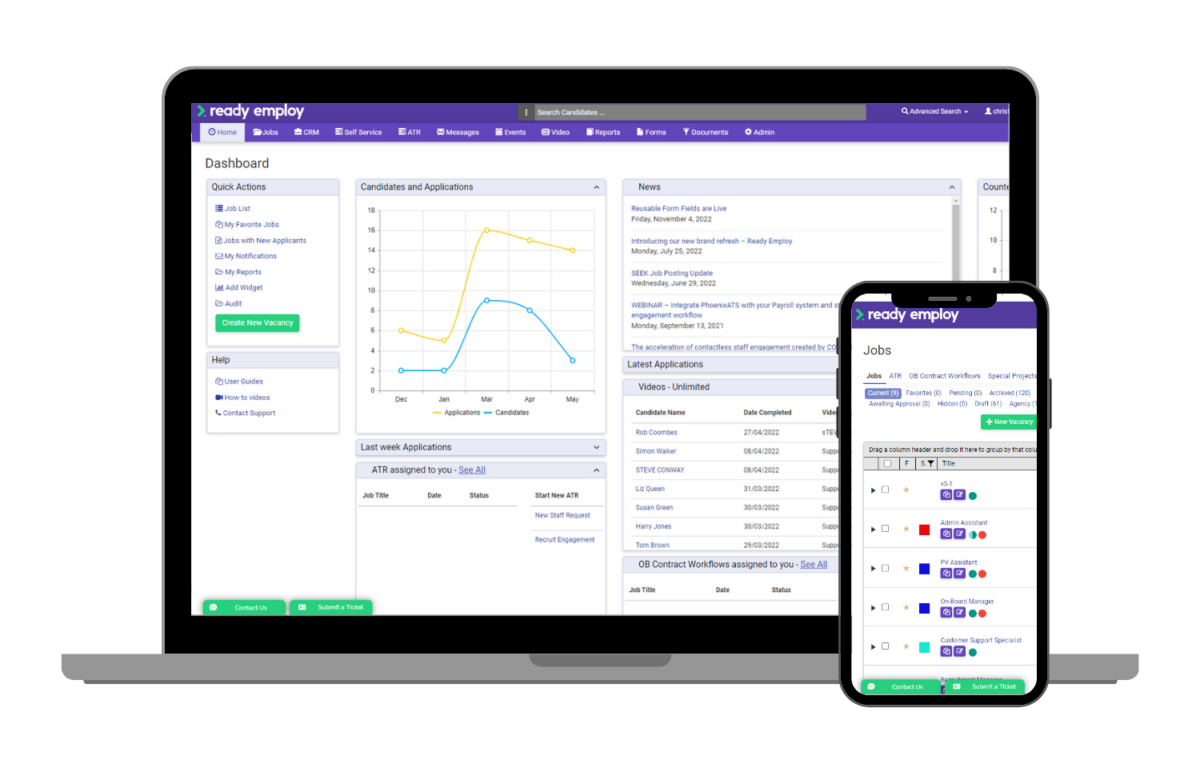1. Embrace HR Analytics
As we move towards 2024, HR analytics will become an integral part of every HR department. HR analytics is the use of data to identify patterns, trends, and opportunities for improvement in the workforce. HR professionals can use analytics to make informed decisions about hiring, training, performance management, and employee engagement. By using technology to collect data and analyse it, HR professionals can gain valuable insights into their workforce, which can help them make better decisions.
2. Communicate with your Employees
The adoption of new HR technologies can cause anxiety and uncertainty among employees, especially if they perceive it as a threat to their job security. Therefore, it’s important to communicate openly and effectively with your staff, emphasising the benefits of technology in HR and addressing any concerns they may have. Regular training sessions and support from the HR team can go a long way in making the technology transition smoother.
3. Implement Employee Self-Service (ESS)
Employee Self-Service (ESS) is a technology that enables employees to access their HR information and perform certain HR tasks on their own. This includes tasks such as updating personal information, checking payslips, and requesting time off. Taking the Ready People mobile for instance, employers who have their employees on workforce management platforms such as Ready Workforce by Zambion or Ready Pay by HR3, are able to further enhance their employee experience by providing them a self-service kiosk right in the palm of their hands.
This makes it especially convenient for highly mobile workforces too. By empowering employees with the ability to manage their own HR information, HR professionals can free up time and resources, which can be allocated to more value-added activities.
4. Use Tech to Automate HR Processes
Automation is becoming increasingly important in every industry, and HR is no exception. HR professionals can use technology to automate routine tasks such as data entry, scheduling interviews, and sending out job offer letters. For example, tools such as Ready Employ by Phoenix allows for the automation of mundane steps of a recruiting talent through automated applicant workflows. This can help HR professionals save time and reduce the risk of errors. Automation can also ensure that HR processes are consistent and comply with company policies and regulations.
5. Invest in HR Technology
Finally, HR professionals
need to be willing to invest in HR technology. With new technology emerging every day, companies
need to be proactive in identifying and investing in the right technology for their HR operations. This means doing research, evaluating vendors, and ultimately selecting the technology that will provide the most benefit to their business. The first step to kick off the research would be to understand the different kinds of products that are available in the market and doing a cost-benefit analysis of products against your business needs. This previous blog post,
“All-in-One vs Separate Systems for Payroll and HR Management: What Are the Benefits and Costs” would be a great start point for those looking for an All-In-One system. By investing in HR technology, companies can stay competitive and attract top talent.
In conclusion, HR professionals need to be open to change and willing to embrace technology in the years to come. By using HR analytics, AI, employee self-service, automation, and investing in HR technology, companies can improve their HR operations and deliver a better experience to their employees. With technology evolving at a rapid pace, it’s more important than ever for HR professionals to stay up-to-date with the latest trends and invest in the tools that will help them succeed in the long run.


